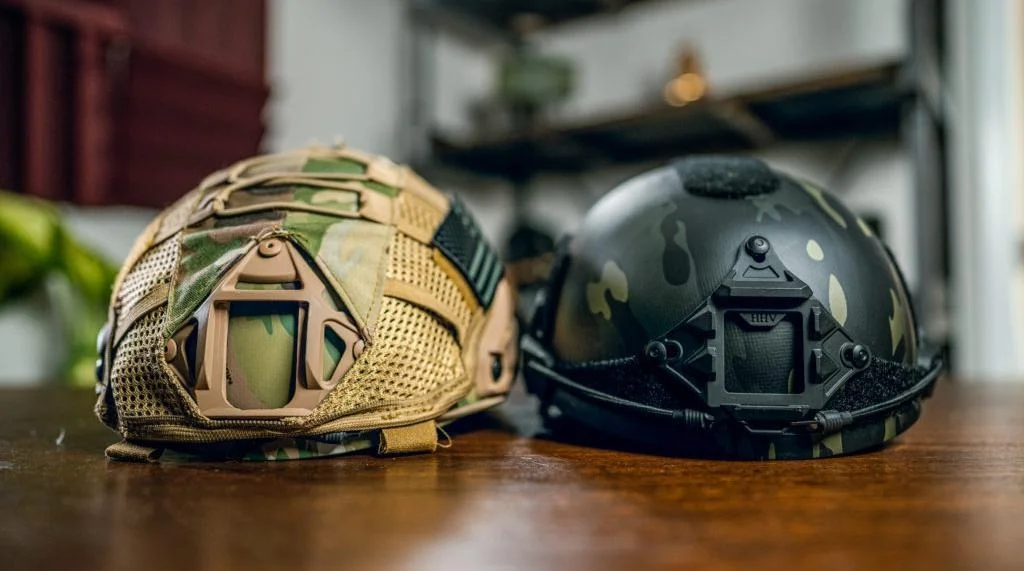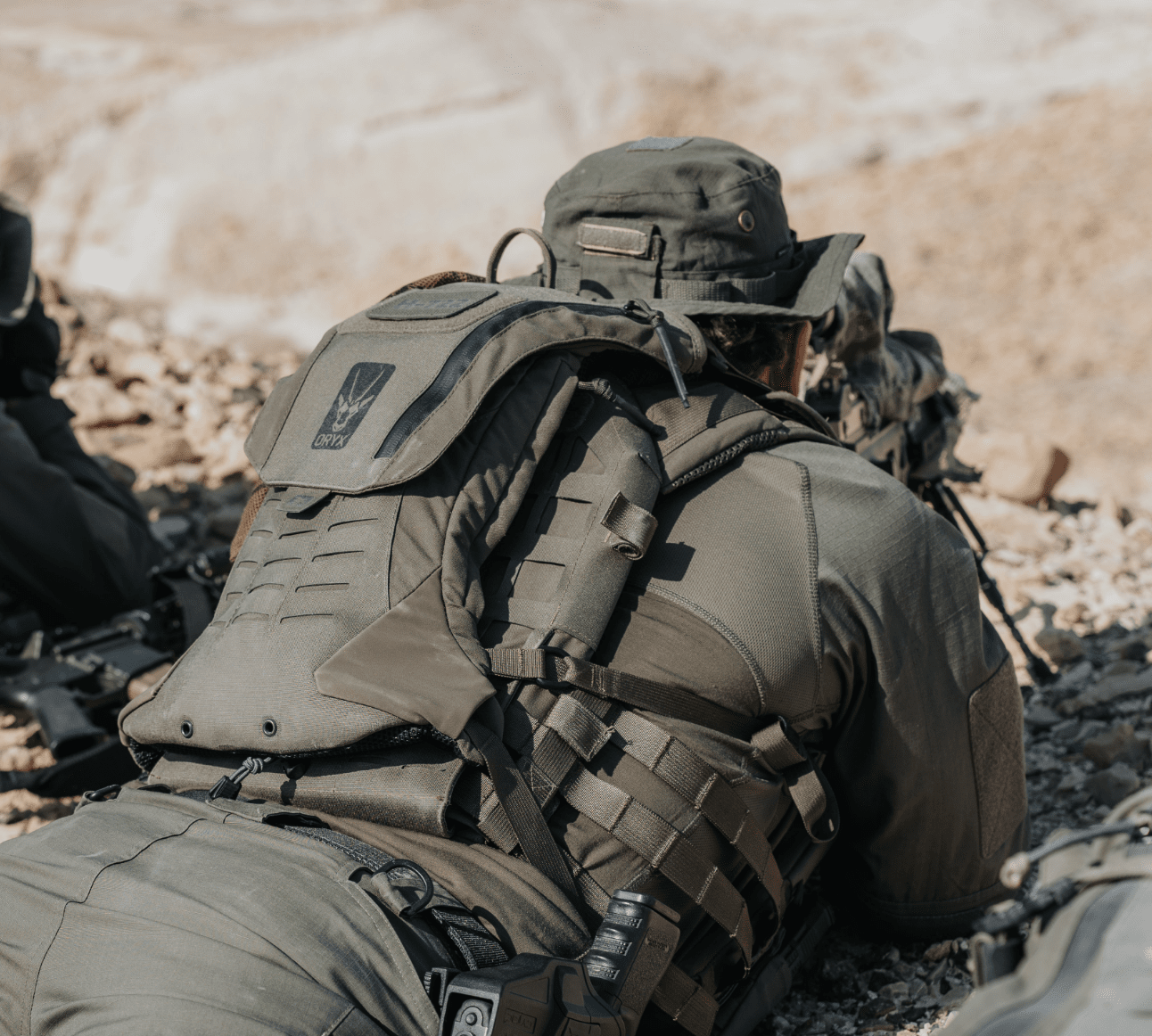To save lives, police enforcement organizations purchase body armor. Officers must be aware of how it actually functions and how to take care of it in order to accomplish that. Ballistic armor must also fit properly in order to give the amount of protection for which it is intended.
If you want your body armor to be as effective as possible. Additionally, this knowledge will assist you in making the best decision if you intend to purchase bullet-resistant armor.
Studies on the effectiveness of body armor in preserving life have been carried out by the Police Executive Research Forum (PERF). According to the findings, police officers who don't wear ballistic armor had a 14 times higher risk of dying from an accident.
Previously rare, body armor is now frequently worn by police enforcement personnel while on duty. Putting on their body armor is a daily habit for many police officers in the United States. However, most police who regularly wear ballistic-resistant armor are unaware of a number of these facts. All officers should have a thorough understanding of the protective vests they rely on to preserve their lives in order to defend "life and limb."
You should be aware of the following information to keep safe:
Which Fabric Can Withstand a Bullet?
Numerous ballistic panels made of highly specialized and incredibly strong fibers are included in soft body armor. The fabric is composed of either woven or non-woven fibers, and frequently both. Bullets can be stopped by this particular fabric quite effectively. It causes them to slow down and turn to the side, distributing the full force across the panel.
The unique material is better able to spread out the power produced by mushrooming pistol bullets. Additionally, slower-moving projectiles are more likely to be stopped by a bullet-resistant armor vest.
Every Vest Must Pass a Strenuous Round of Testing
The NIJ maintains and improves the test procedures and performance standards for the ballistic resistance of body armor intended to shield the torso from a handgun and rifle bullets every five to ten years.
The goal is to make sure that both flat and formed armor testing procedures provide improved protection for both male and female end users. Body armor made for any gender previously underwent the same testing procedures.
What Soft Body Armor Protection Levels Exist?
The IIA protection level against low-velocity pistol rounds will no longer be used, according to the revised NIJ standard NIJ 0101.07, which will be released at the end of 2019 or at the beginning of 2020. In essence, you should pick between Level II and IIIA of protection.
Generally speaking, Level II body armor provides less protection than Level IIIA. But Level II is more adaptable, lighter, and frequently more affordable. A Level II soft body armor panel's lack of protective material is the major cause of this.
What Concerns Rifle Threats?
Over the past few years, assault weapons have been used in an increasing number of active shooter situations. These high-velocity shots easily pierce soft armor, so additional hard armor panels are needed to stop them.
You need tough armor plates to resist these rifle shots. Hard armor plates currently have two threat levels. Levels III and IV of the NIJ. In contrast to Level III plates, Level IV plates also stop armor-piercing shots, which is the key distinction between these two levels.
You Should Keep Your Vest Dry
Your soft body armor will become wet if you're chasing a target and you somehow end up in a pond or swimming pool. Water can make it simpler for a bullet to breach the vest and pass through, which is bad. But prior to ballistic testing, all NIJ 0101.06 certified soft body armor was fully submerged vertically in a water bath at 70°F for 30 minutes. Therefore, your panels should be fine even after swimming if you currently own or plan to purchase an NIJ 0101.06 certified vest.
Do Not Hang Your Vest While It Is Being Stored
Your ballistic vest should always be stored flat, never on an edge, and never bunched up. The elastic bands of a carrier may sag if you hang your vest up. The reason for this is that the heavy ballistic panels are pressing against the elastic bands.
If a Bullet Hits Your Vest, You Can Still Fight
Many police officers have been wounded in their vests during shootouts over the years. Getting shot in the vest feels like getting pounded with a hammer, but because of your bullet-resistant armor, you'll survive.
New Body Armor Is Necessary If Your Weight Changes
Your vest must fit properly in order for it to protect you as effectively as it was intended to. You need a bigger vest if you originally wore a vest that was fitted for someone who weighed 200 pounds but has since added 10 to 20 pounds. You should buy a smaller vest, though, if you've instead dropped a similar amount of weight.
Your Vest Shouldn't Be Skin-tight
Your vest should not fit that tightly, despite the fact that you may wear your street clothes that way. Your torso and the body armor panels need to be separated by some distance. Inhale deeply and hold your breath as you are measured for your vest to ensure a correct fit. This will provide you enough room to decrease the physical pain if a bullet hits you. Additionally, you'll feel more at ease jogging and doing your job in general.
More importantly, never take the chance of buying secondhand body armor when hunting for a piece of gear whose only function is to preserve your life. Even if the vest or helmet looks to be in fine shape, there is no way to tell what conditions it may have been exposed to, if it was properly maintained, or whether it will function when your life is at stake.
Zennison can assist you in finding what you require, whether you are a citizen seeking a business suit suitable vest or a police officer in need of the greatest protection possible for hazardous work. We offer the best ballistic masks, helmets, backpacks, and vests on the market that have passed NIJ testing.



